In the annals of American history, the narrative of World War II often highlights the valiant efforts of soldiers fighting for freedom across Europe and the Pacific. Yet, one group of heroes remains less celebrated despite their extraordinary contributions: the Tuskegee Airmen. This story not only showcases their courage and skill in the face of adversity but also serves as a poignant reminder of the struggle for equality and recognition in a divided nation. By exploring their journey from training to combat, we can appreciate the profound impact they had on both military history and the civil rights movement.
The Birth of the Tuskegee Airmen
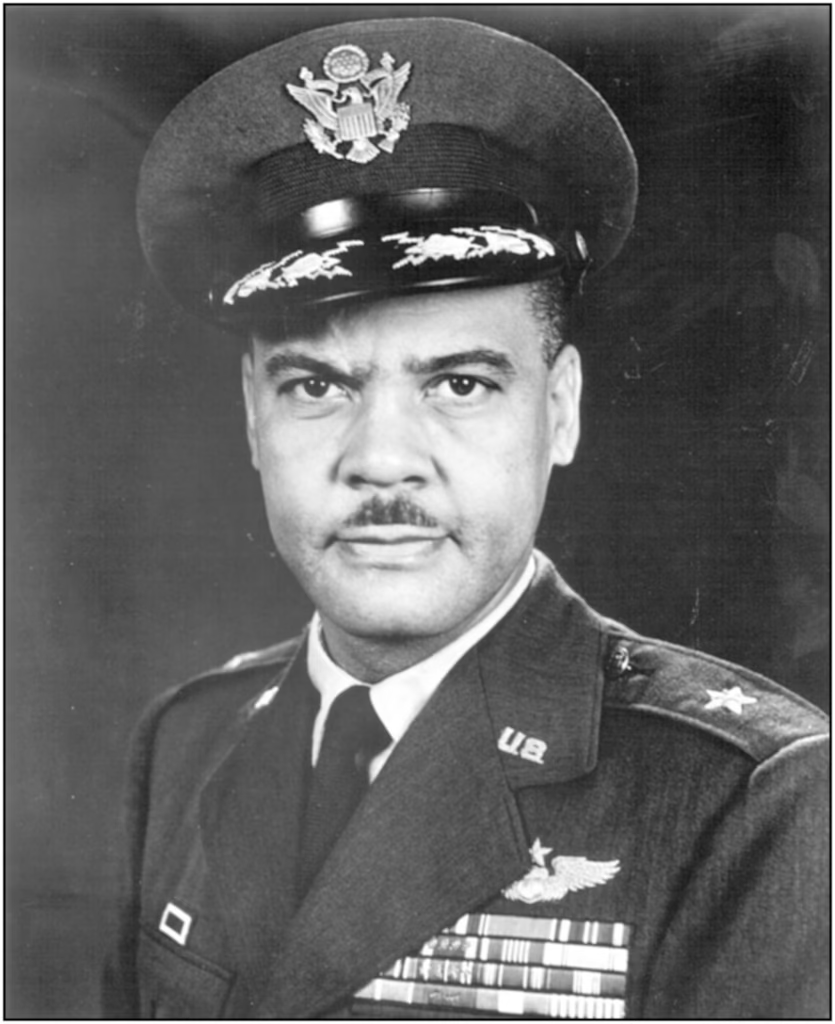
The Tuskegee Airmen were the first African American military aviators in the United States Armed Forces. Their journey began in 1941, when the U.S. Army Air Corps was still segregated and reluctant to accept Black pilots. However, the demand for skilled aviators during World War II prompted a change. The War Department established the Tuskegee Army Airfield in Alabama, where Black men were trained to become pilots.
The program was met with skepticism and prejudice, both from within the military and society at large. Many doubted the capabilities of Black pilots, believing they would be inferior to their white counterparts. Nevertheless, the Tuskegee Airmen were determined to prove their worth. They underwent rigorous training, mastering the art of flying and combat.
The Training Program
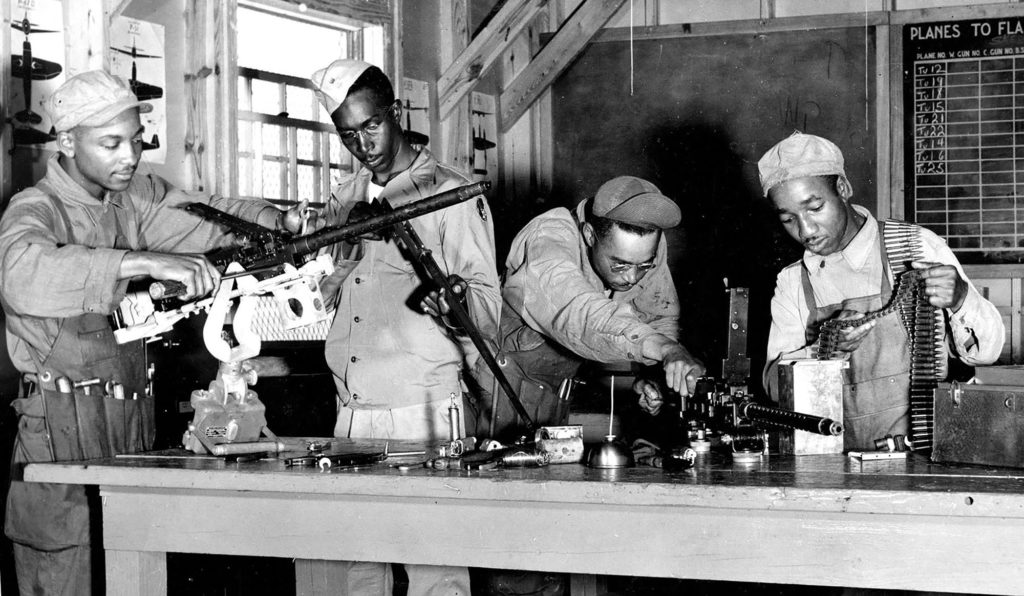
The training program at Tuskegee was groundbreaking. It included not only flight training but also ground school, where aspiring pilots learned about navigation, meteorology, and aircraft mechanics. The curriculum was designed to ensure that the airmen were not just skilled pilots but well-rounded aviators capable of handling any situation.
The first class of Tuskegee pilots graduated in 1942, and their success was a testament to their dedication and resilience. Among them was Benjamin O. Davis Jr., who would later become the first African American general in the U.S. Air Force. Davis played a crucial role in advocating for the Tuskegee Airmen, pushing for their acceptance and recognition within the military.
Overcoming Challenges

The path to becoming a Tuskegee Airman was fraught with challenges. Trainees faced not only the physical demands of flight school but also the psychological toll of racism and discrimination. Despite these obstacles, they persevered, driven by a desire to serve their country and fight for their rights.
One notable figure among the Tuskegee Airmen was Charles “Charlie” Anderson. Anderson, who would later become a distinguished pilot, faced numerous hurdles in his quest to become an aviator. He was initially rejected from flight school due to his race but refused to give up. With unwavering determination, he applied again and was eventually accepted into the program.
Anderson’s story is emblematic of the spirit of the Tuskegee Airmen. They faced hostility from some white pilots, who resented their presence in the program. Yet, they remained focused on their mission, proving their abilities through hard work and dedication.
The Impact of Segregation
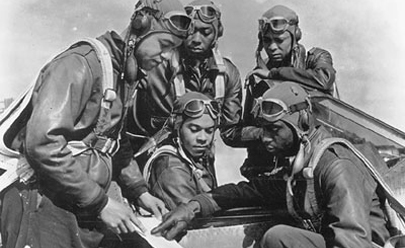
The segregation of the military during World War II added another layer of complexity to the Tuskegee Airmen’s journey. While they trained at Tuskegee, they were often subjected to discriminatory practices that reflected the broader societal attitudes of the time. For example, they were frequently denied access to certain facilities and resources available to white pilots.
Despite these challenges, the Tuskegee Airmen formed a strong sense of camaraderie and purpose. They supported one another, fostering an environment of mutual respect and encouragement. This bond became a crucial element of their success, allowing them to overcome the obstacles they faced both in training and combat.
A Legacy of Excellence
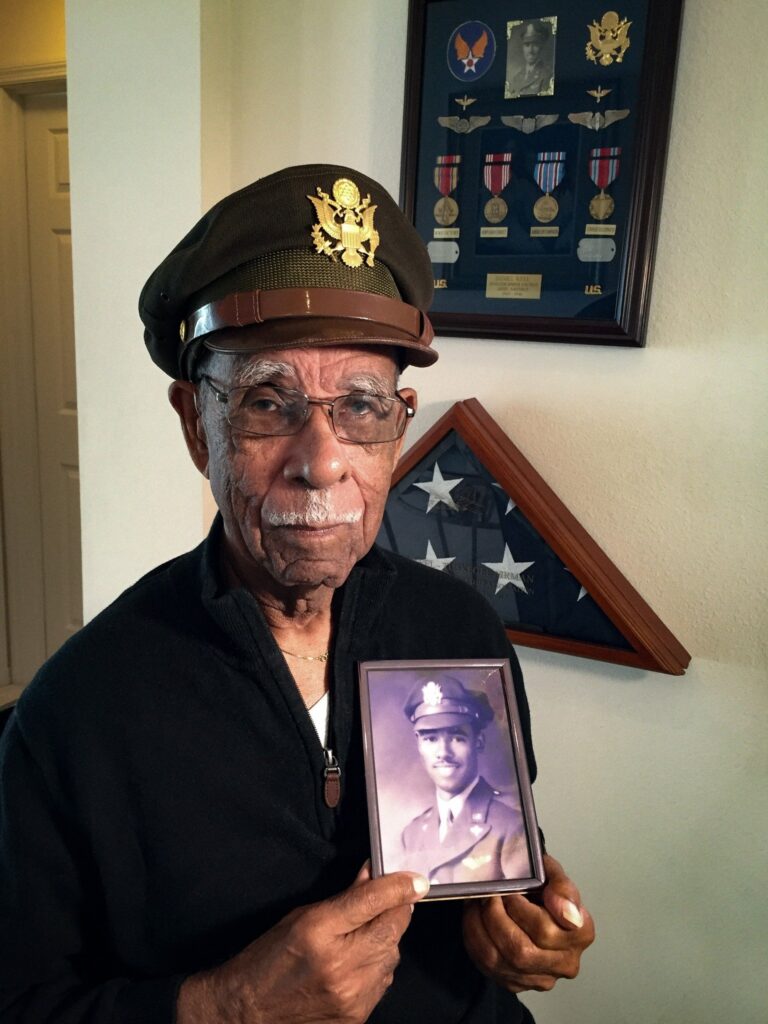
The Tuskegee Airmen earned their place in history through their remarkable achievements. They flew over 15,000 sorties and were credited with the destruction of numerous enemy aircraft. Their skills were not limited to flying; they also excelled in ground support roles, protecting bombers and ensuring the success of missions.
Combat Missions

One of the most significant accomplishments of the Tuskegee Airmen was their role in escorting bombers during missions over Europe. They became known for their exceptional performance, earning the respect of their fellow pilots and military leaders. Their success challenged the prevailing stereotypes of Black Americans and helped pave the way for integration in the military.
The airmen participated in some of the most dangerous missions of the war, including the bombing raids over Germany. Their ability to protect the bombers significantly reduced the loss of aircraft and crew members. The 332nd Fighter Group, a unit of the Tuskegee Airmen, became renowned for their skill and bravery, earning the nickname “Red Tails” due to the distinctive red markings on their aircraft.
Recognition and Awards
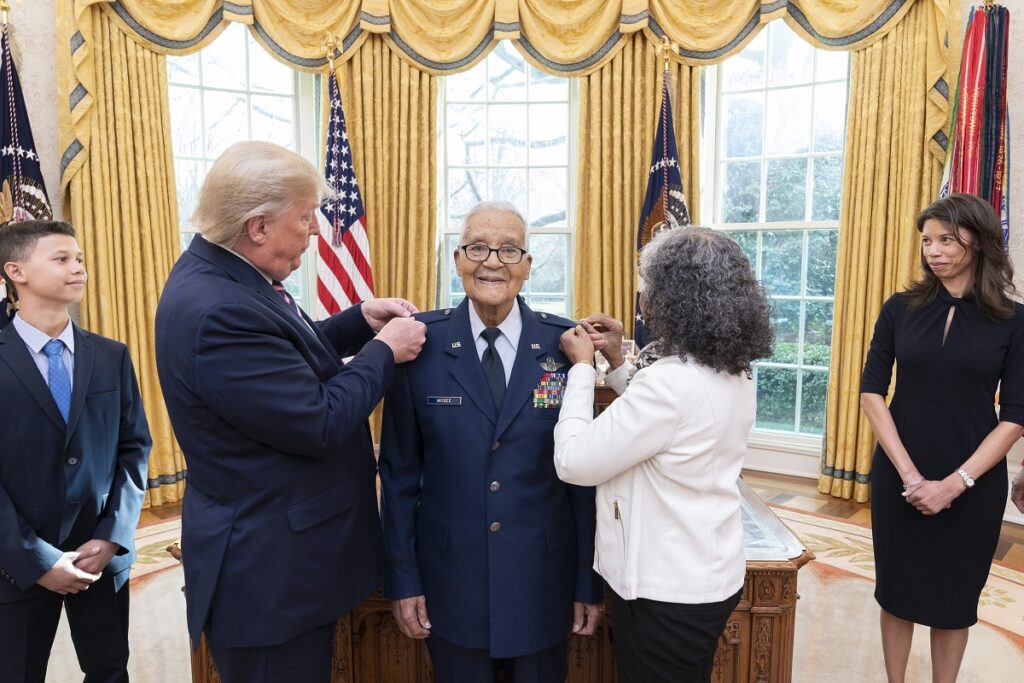
Despite their accomplishments, the Tuskegee Airmen faced an uphill battle for recognition. After the war, many returned home to a society still steeped in racism and segregation. Their contributions were often overlooked, and they were denied the accolades afforded to their white counterparts.
It wasn’t until decades later that their bravery and sacrifices began to receive the recognition they deserved. In 2007, the Tuskegee Airmen were awarded the Congressional Gold Medal, one of the highest civilian honors in the United States. This acknowledgment was a long-overdue tribute to their service and a testament to their resilience.
The Fight for Equality

The legacy of the Tuskegee Airmen extends beyond their military achievements. Their story is intertwined with the broader civil rights movement in America. As they fought for their country, they also fought for their right to be treated as equals.
The experiences of the Tuskegee Airmen highlighted the contradictions of American democracy. They were willing to risk their lives for a nation that denied them basic rights and freedoms. Their courage and determination became a rallying cry for the civil rights movement, inspiring future generations to continue the fight for equality.
Influence on Civil Rights

The Tuskegee Airmen’s legacy had a profound impact on the civil rights movement of the 1950s and 1960s. Their success in the military served as a powerful example of what African Americans could achieve when given the opportunity. They became role models for young Black men and women, encouraging them to pursue their dreams and challenge the status quo.
The integration of the armed forces in 1948, led by President Harry S. Truman, was a direct result of the efforts of the Tuskegee Airmen and others who fought for equality. Their contributions helped pave the way for a more inclusive military and society.
Inspiring Future Generations

The legacy of the Tuskegee Airmen extends far beyond their military achievements. Their story serves as an inspiration for future generations, particularly for young people of color aspiring to pursue careers in aviation and other fields traditionally dominated by white individuals.
Organizations such as the Tuskegee Airmen National Historic Site in Alabama and the Tuskegee Airmen, Inc. continue to promote their legacy. They provide educational programs, scholarships, and mentorship opportunities for young aviators, ensuring that the spirit of the Tuskegee Airmen lives on.
Educational Initiatives

Many schools and institutions have incorporated the story of the Tuskegee Airmen into their curricula, highlighting their contributions to American history. By teaching young people about the challenges and triumphs of the Tuskegee Airmen, educators aim to instill a sense of pride and resilience in their students.
Additionally, aviation programs across the country are working to increase diversity in the field. By providing scholarships and mentorship to aspiring pilots, organizations are helping to create a more inclusive environment in aviation.
Conclusion
The story of the Tuskegee Airmen is one of courage, determination, and triumph over adversity. These men not only fought for their country but also for their right to be recognized as equals in a society that often marginalized them. Their contributions to World War II and the fight for civil rights have left an indelible mark on American history.
As we reflect on their legacy, let us remember the lessons learned from the Tuskegee Airmen. Their journey reminds us of the importance of perseverance in the face of challenges and the power of unity in the pursuit of justice. By honoring their memory, we can continue to strive for a more inclusive and equitable society for all.
In sharing this story, we not only celebrate the achievements of the Tuskegee Airmen but also acknowledge the ongoing struggle for equality. Their legacy serves as a beacon of hope and inspiration, urging us to continue the fight for justice and recognition for all who serve.


